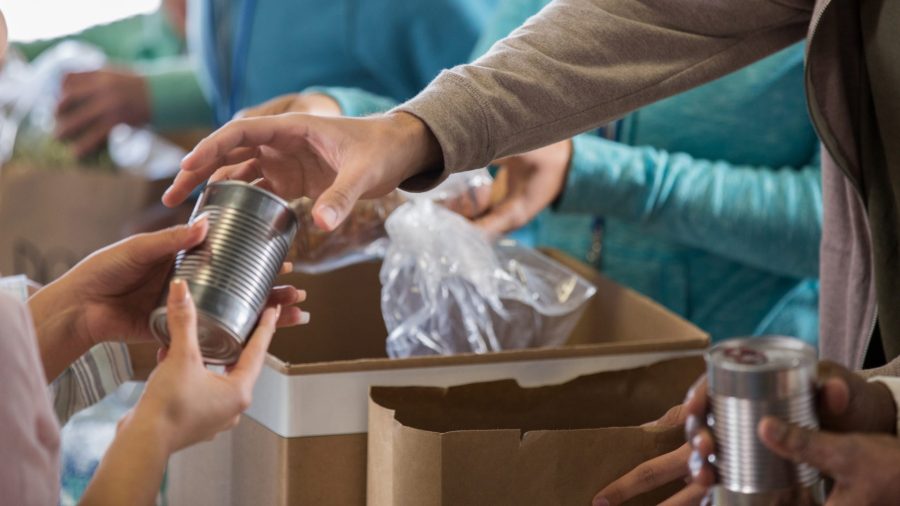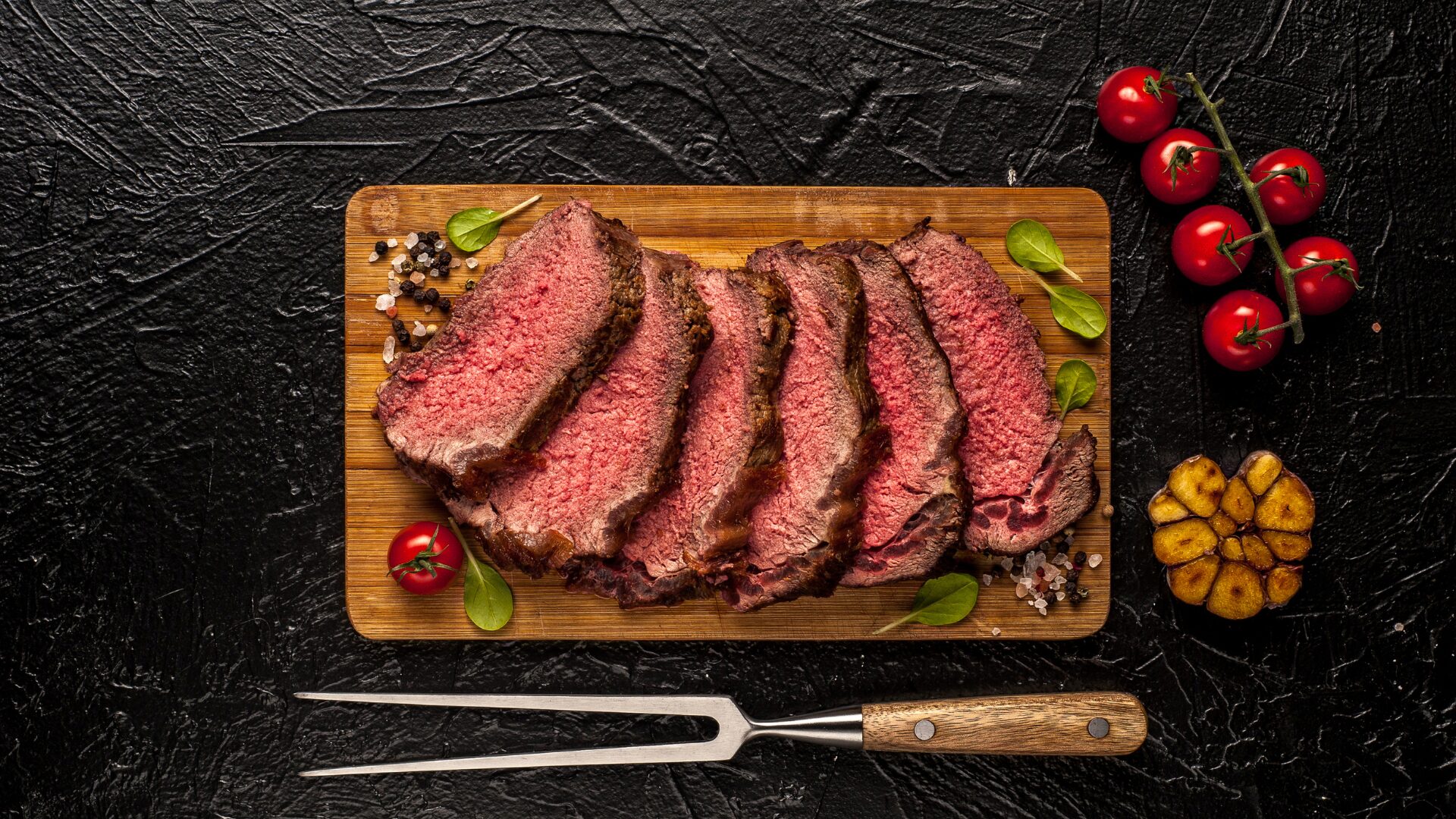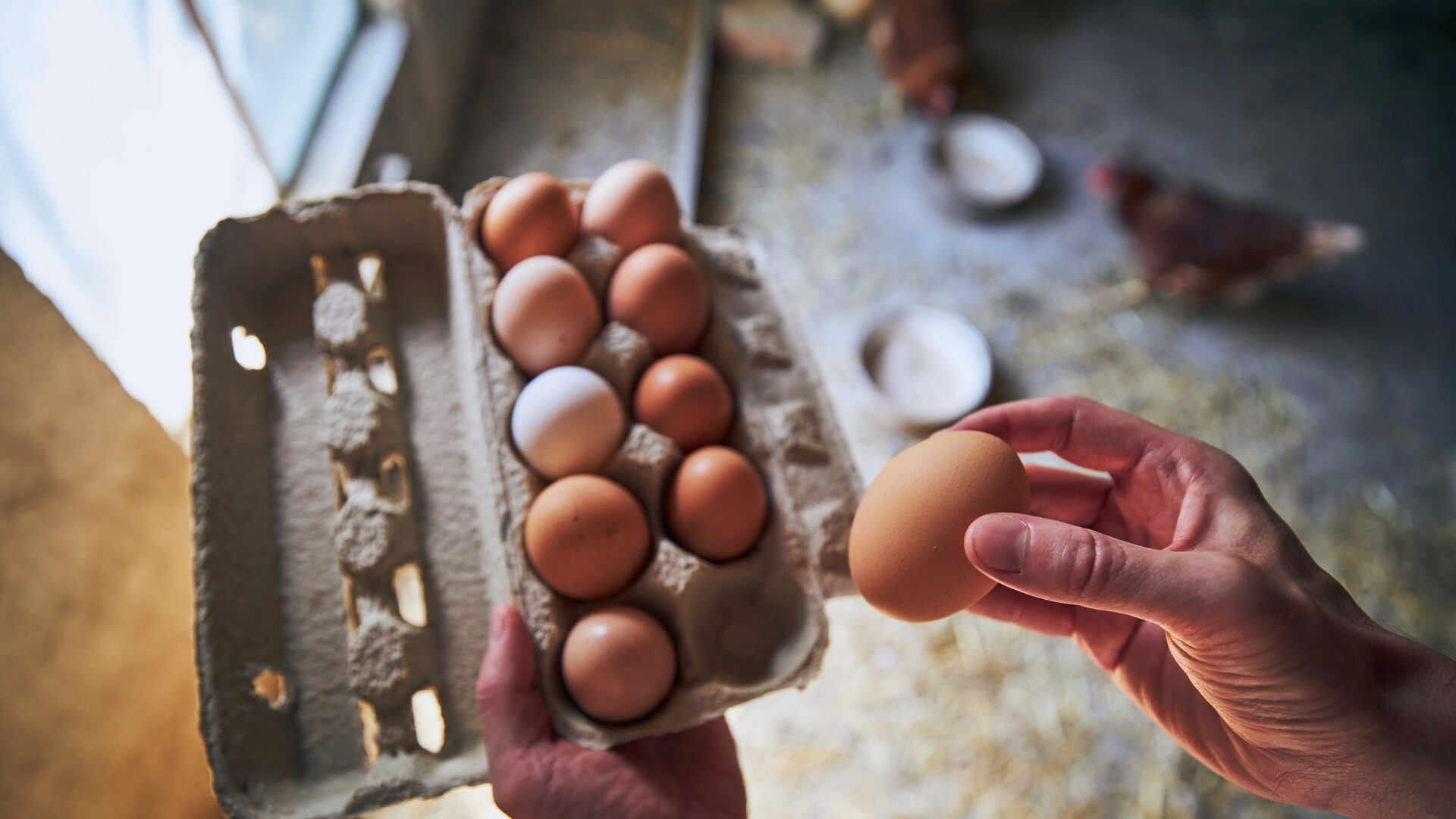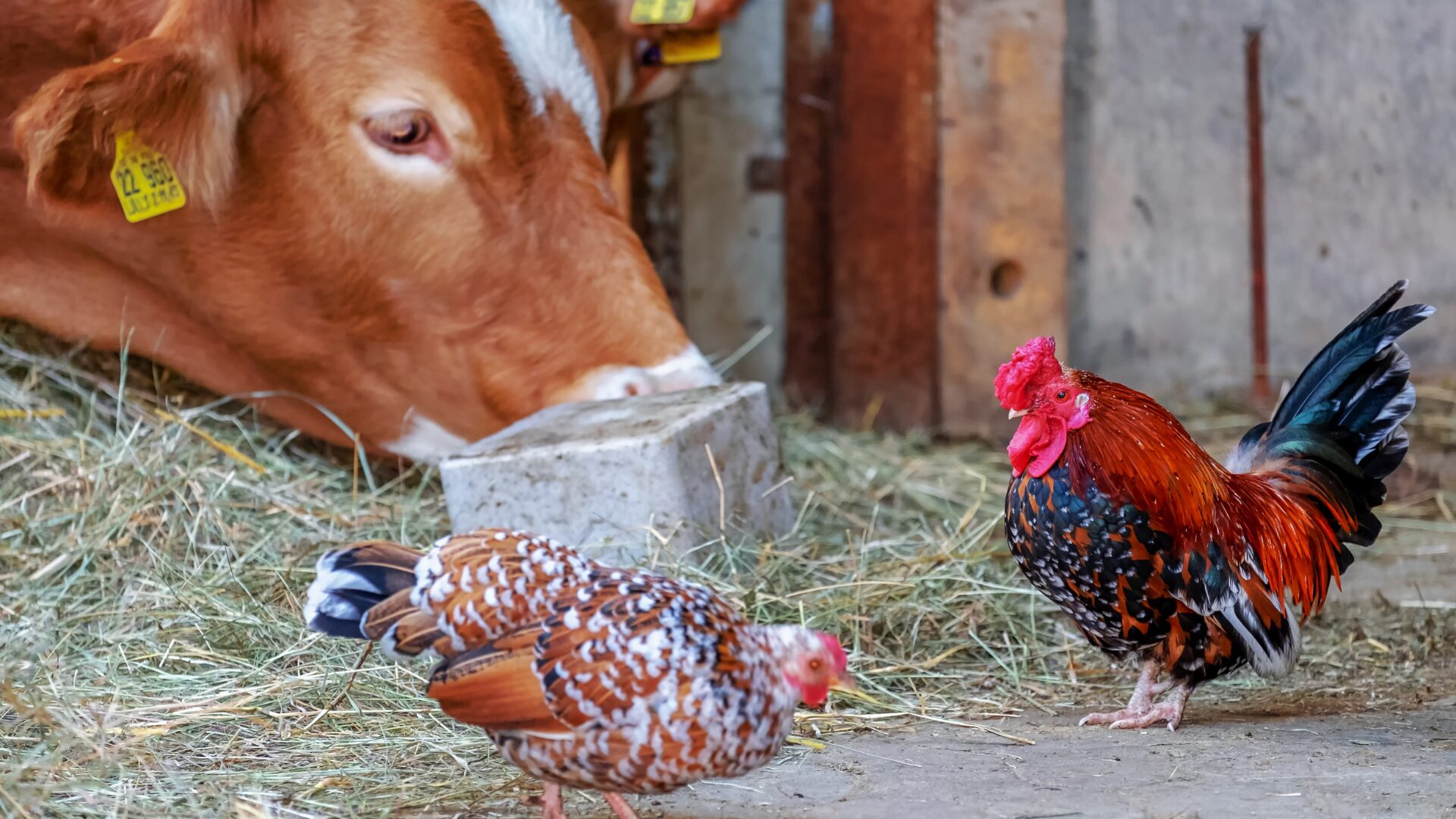U.S. food banks are facing two major struggles at the moment: increased demand from consumers sidelined by the pandemic and surging food prices amid supply chain issues.
Many people found themselves facing food insecurity during the pandemic. In particular, 7.6% of U.S. households with children (2.9 million households) were food insecure at times during 2020, up from 6.5% in 2019, according to USDA.
Some 17% of respondents to a recent survey by HealthCareInsider even said they have had to skip buying food to pay for healthcare costs, reported USA Today (Nov. 9).
Already struggling food banks are now coping with new challenges ahead of the holidays.
THE STRUGGLE TO MEET DEMAND
Higher costs and shortages mean some families may get smaller servings or substitutions for staples such as peanut butter, which costs nearly double what it did a year ago, reported ABC News (Nov. 10). With the holidays coming up, some food banks worry they won’t have enough staples such as stuffing or cranberry sauce.
“What happens when food prices go up is food insecurity for those who are experiencing it just gets worse,” Katie Fitzgerald, chief operating officer of Feeding America, told ABC News. She added that food banks, which expanded to meet unprecedented demand during the pandemic, won’t be able to absorb forever food costs that are two to three times what they were before.
On top of shortages, donated food is also more expensive to move, due to increased transportation costs and bottlenecks at ports, making it even harder to get goods of all kinds.
FOOD BANKS EMBARK ON EXPANSIONS
Following the explosion of need seen during the pandemic, some food banks across the country have been pursuing major expansion projects, reported ABC News (Nov. 4). For example:
- Feeding South Florida is planning a large new plant to increase its produce supply.
- Two North Carolina food banks are using cash from billionaire philanthropist MacKenzie Scott to build new structures that will double their capacity to store food.
- The Utah Food Bank is adding space in Salt Lake City and is also set to build new food warehouses elsewhere in the state.
- And in Georgia, the Atlanta Community Food Bank moved into a 345,000-square-foot warehouse billed as the world’s largest food bank.











